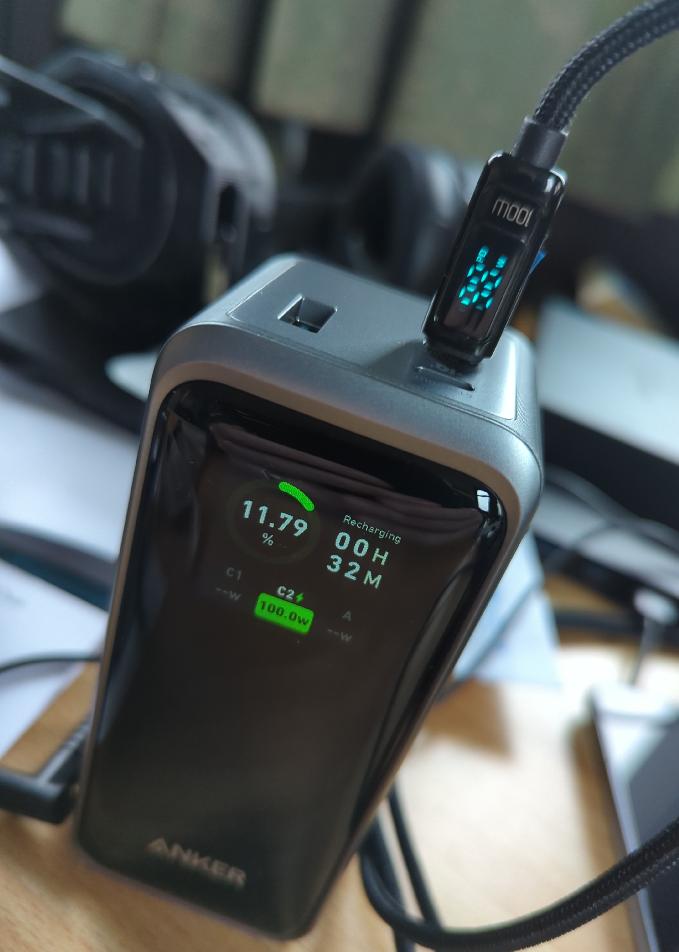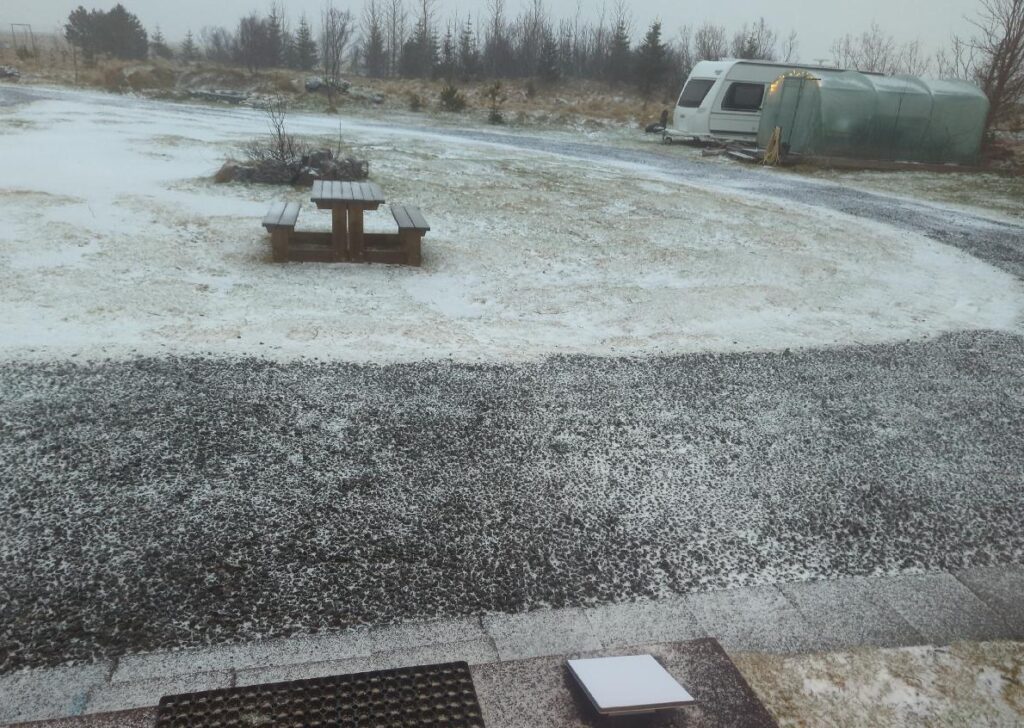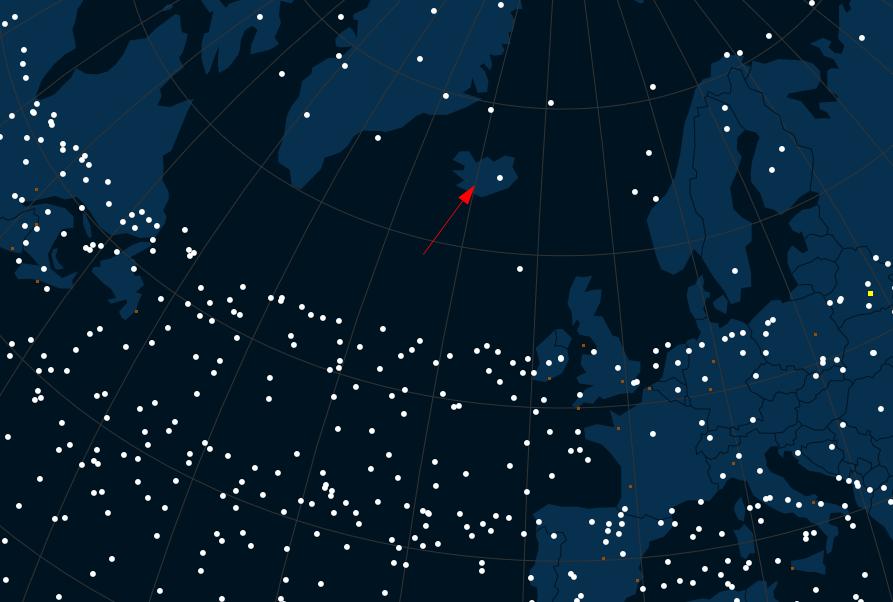
I’ve been using RSS feeds to create a centralized place for me to read news pretty much since the Internet became a thing. The first mention of it I can find on this blog is 2013, when I installed Selfoss on a Raspberry Pi to collect the news for me. And before that I was using Google Reader for many years. At the time, I wondered if I was a dinosaur, because RSS feeds were portrayed by big tech to be a thing of the past. 12 years down the road and I use RSS feeds more than ever. But perhaps time has come for a bit of a change.
I like my self hosted Selfoss installation a lot, but the software seems to have fallen a bit behind times. Pretty soon, I have to update the VM it runs on, which means a new OS, new Apache version and a new PHP version. That’s likely a lot of work and quite frankly, the days when I relished tweaking Apache and PHP configuration parameters are long gone.
Today, a dockerized reverse proxy that can be installed in 2 minutes does the frontend job just fine, including the regular update of the TLS certificate. So I was looking for a way to use a dockerized version of Selfoss as well. And while there is a docker image and docker-compose project for it, it’s not from the official project, and I would have to convert and import my database, so I’m a bit hesitant to use it.
What I would like is a modern RSS feed reader with an official Docker container that is part of the project. So I looked around a bit, and it is really nice to see that there are many open source and self hosting alternatives around. After trying some of them, I decided to stay with CommaFeed. It is super simple to install as a docker-compose project, works well in the web browser, even on mobile, and has almost all options I need. No complexity, just a stream of news that I can mark as read after I’ve browsed through them.
There are only two features I’m missing: Many RSS feeds only offer the first few sentences of a new post. For reading the full article, one has to go to the respective web page. Selfoss had a generic way of scraping full web pages for an RSS stub that worked surprisingly well and is easy to use. CommaFeed also has options to do this, but it looks rather complicated to get it working. And so do the full feed solutions of other products as well. So I decided to see if I really need the feature. So far, the pain is manageable.
The second feature I am missing is that posts I mark with a star are kept indefinitely. At the moment, CommaFeed deletes them like all other entries after a year. That sounds like a limitation, as I have almost starred 2000 RSS entries over the past 12 years. At least that is what I thought at first. But then, I wondered how often I have actually looked at or searched for a starred entry in the past decade that is more than 1 year old!? I have to admit that the answer is < 10. So perhaps keeping starred entries indefinitely is not so important after all.
So it’s CommaFeed for me for the moment, and I wonder if it will stick to it for as long as I ran Selfoss. Let’s see.





